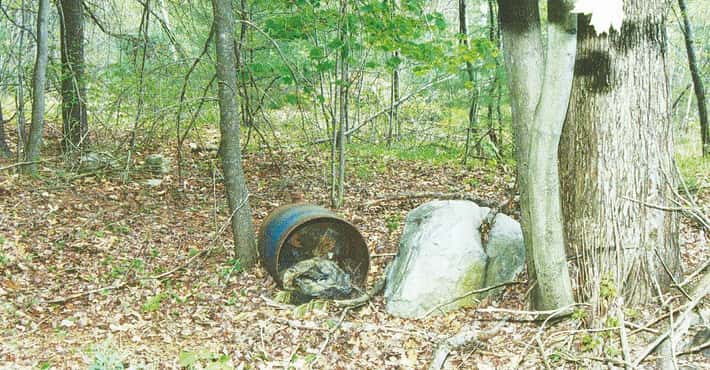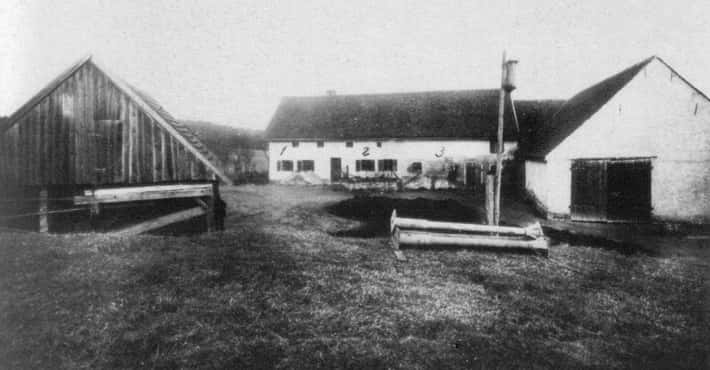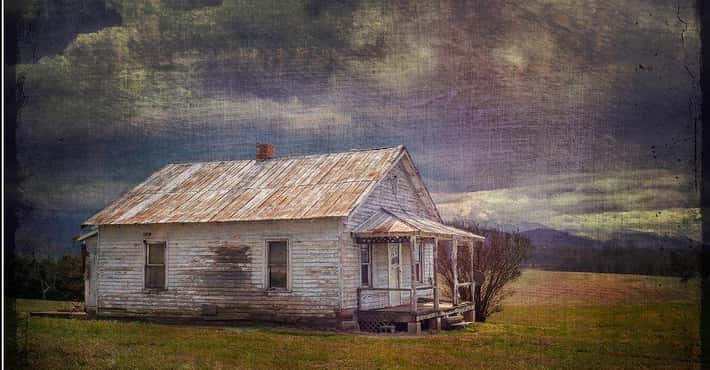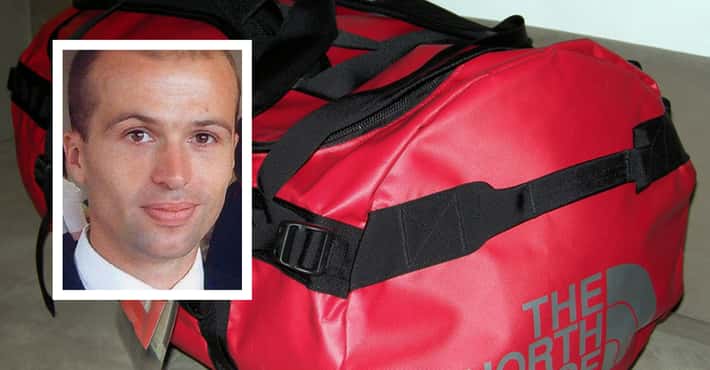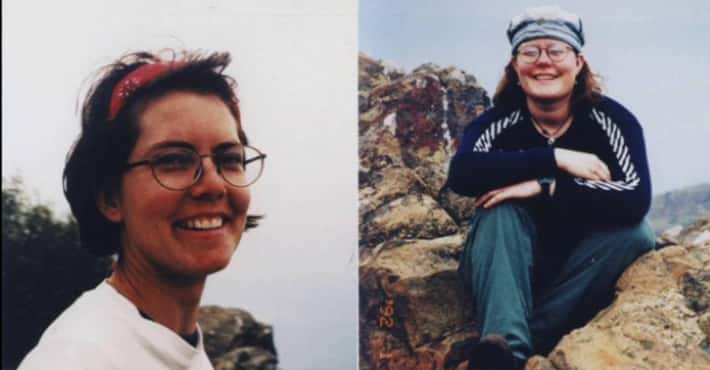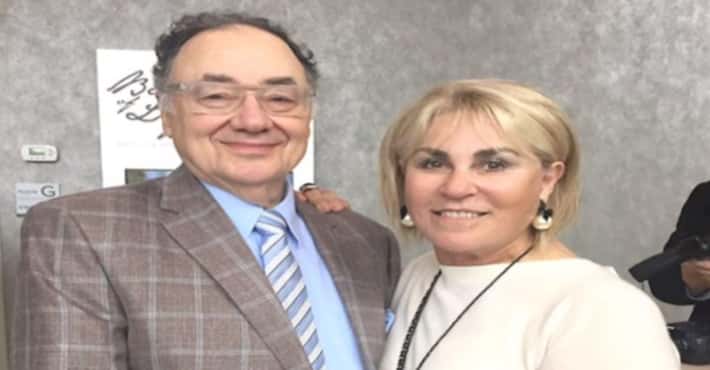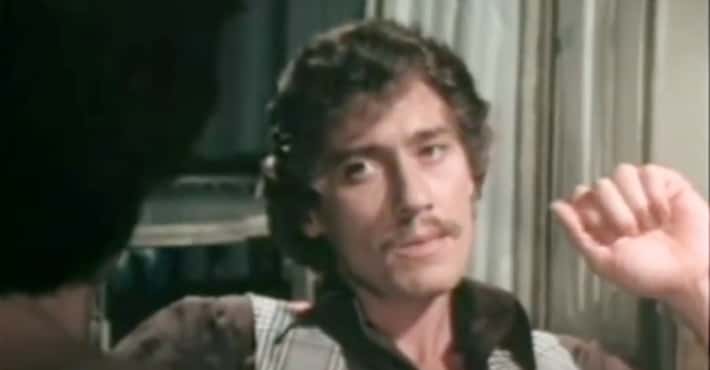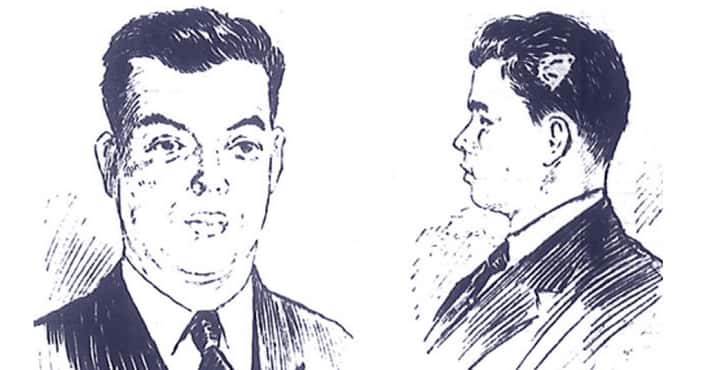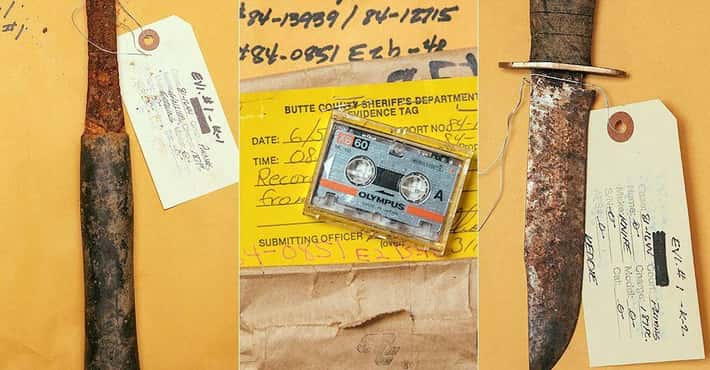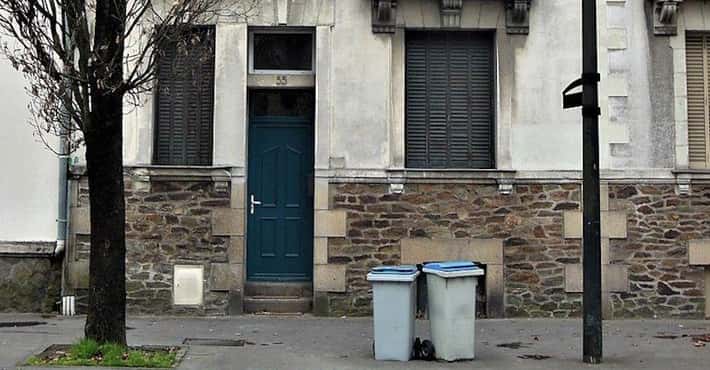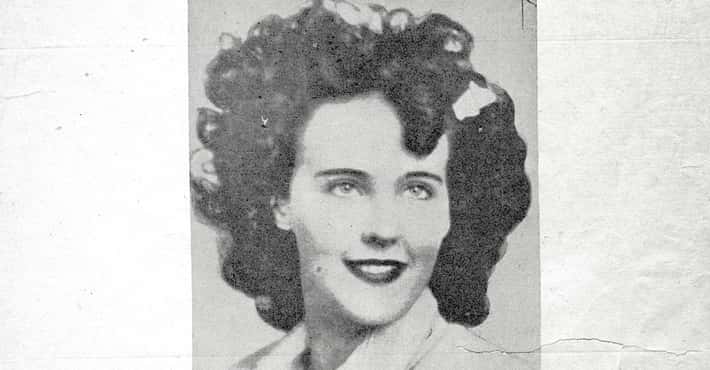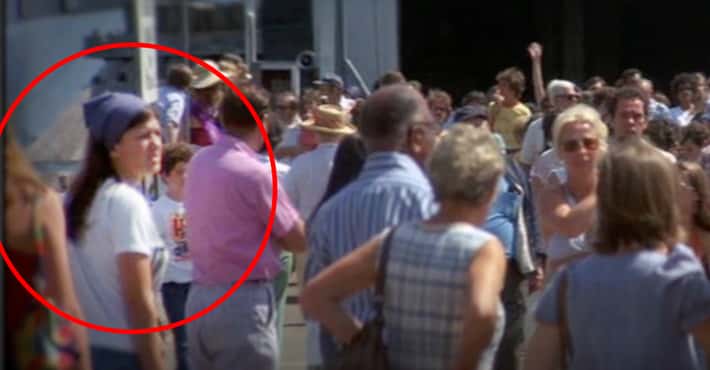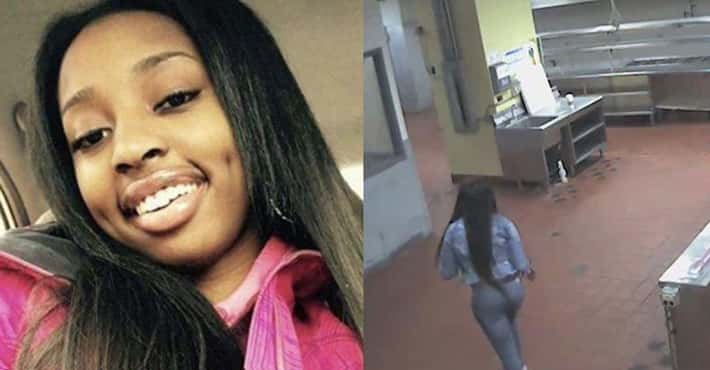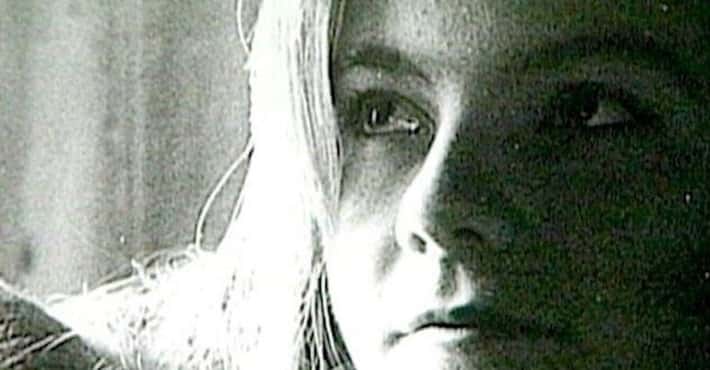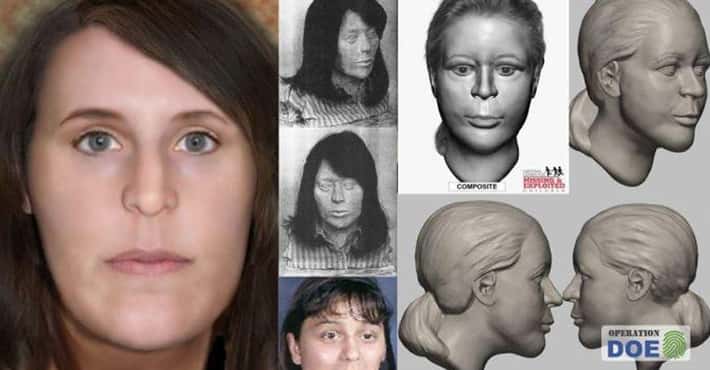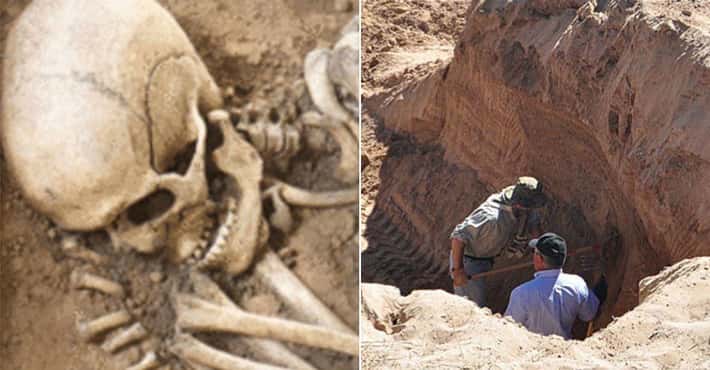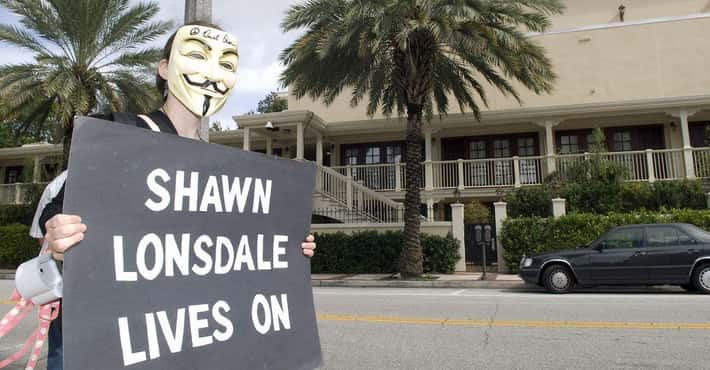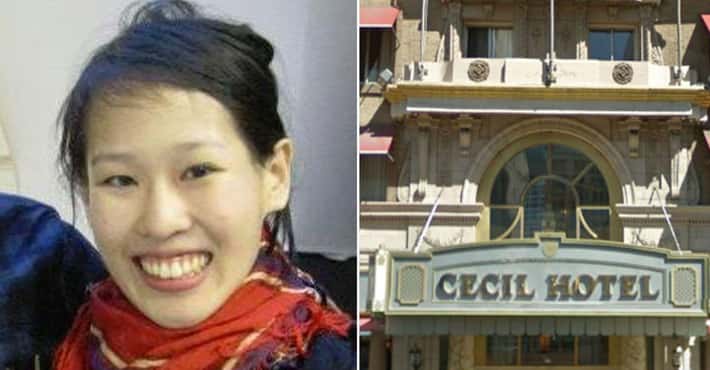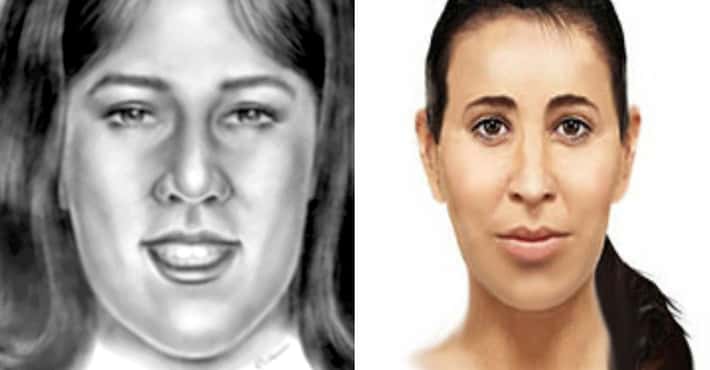The Murder Of Denise Johnson: Two Decades Later, It Remains Unsolved
- Video: YouTube

First Responders Discovered Denise Johnson While Her Home Was On Fire
On the morning of July 13, 1997, 33-year-old Denise Johnson's childhood home on Norfolk Street in Kill Devil Hills, NC, went up in flames. Emergency crews arrived shortly after 4:30 am and found more than a house on fire - they also found a body.
Firefighters on the scene discovered Johnson incapacitated inside her home and attempted to resuscitate her, but she was dead before they arrived. At the time, the rescue crews believed Johnson had perished from smoke inhalation or suffocation, but they soon learned there was more to her case.
Firefighters And Police Quickly Located Stab Wounds And Evidence Of Arson
Not long after first responders pulled Johnson from the burning house, they realized there was more to her death than smoke inhalation. Johnson had multiple stab wounds on her neck and hands. In 1997, the medical examiner noted that Johnson was "stabbed at least half a dozen times, almost all in the area of her neck.”
The multiple stab wounds created a web of new questions: Was the fire a premeditated addition to the crime? How long was Johnson in the house before emergency responders arrived? Was this the work of one person, or did they have help? Johnson's sister, Donnie, later stated:
I just know it was somebody full of rage or out of their mind on something. Just, no normal person would even want to do something like that.
The Lead Detective Thought Johnson's Case 'Would Be Wrapped Up That Day'
Following their realization that Johnson was murdered in her home, investigators quickly leapt to the conclusion that she was killed by someone she knew. In 1997, The Coastland Times reported that an investigator close to the case believed it would be solved quickly because of Johnson's popularity in Kill Devil Hills.
The investigation ran into a road block almost immediately, despite the fact that the North Carolina State Bureau of Investigation and the FBI gave it high priority. More than 150 people connected to Johnson were interviewed, but none of these conversations led to any concrete leads.
An FBI 'Crime Scene Guru' Processed The Scene
A renowned crime scene tech from the North Carolina SBI (State Bureau of Investigations) processed the house. He was chosen because he was the best - known as a "crime scene guru," Agent Dennis Honeycut was referred to as "the best of the best" on the CounterClock podcast. One member of law enforcement who was interviewed in episode two stated that Honeycut could “lift a fingerprint out of thin air.”
Honeycut and his SBI team found plenty of evidence, but much of it was tainted and damaged by both fire and time. More than 20 years later, investigators are hoping that they can retest DNA evidence from 1997 before it degrades, or find newish DNA samples from pieces of evidence that have yet to be discovered.
- Photo: Moochocoogle / Wikimedia Commons / CC BY-SA 3.0
Valuable Evidence Was Destroyed First By The Fire, Then By Time
Regardless of how quickly state and federal investigators reached the crime scene, much of the evidence was destroyed by the series of small fires set around the house. Not only did the actual fire destroy evidence, but putting out a fire essentially rendered anything ground-zero unusable. Unfortunately, investigators couldn't do much with what was left.
Overall, 59 pieces of evidence were recovered from the scene of the crime, but the fire destroyed anything that could point to a specific perpetrator. This doesn't mean that the evidence is all wasted - far from it. Thanks to advancements in DNA technology, many pieces of evidence believed to be lost or tainted can now be reassessed. Time will tell if any of the remaining pieces of evidence will break open the case.
The Blonde Woman Last Seen With Johnson Has Never Been Identified
Johnson spent the evening before her death on the clock at the Barrier Island Inn until around 11 pm. Around 1 am, she stopped by a convenience store to pick up a pack of cigarettes and something to drink - and she wasn't alone.
While speaking with the CounterClock podcast in 2020, the gas station attendant working that evening, Theresa Rogers, stated that Johnson was followed into the store by a blonde woman who tracked Johnson until she left. When Johnson paid for her items and took off, the mysterious blonde woman rushed off in pursuit.
Rogers says the first thing she told the police was that the tall, blonde woman followed Johnson, and that even though investigators created an image of her, it was too generic to be of much help.
The tall blonde could be a red herring; even so, the CounterClock podcast connected her to a man named Eric, whom she dated in the '90s. To make matters even stranger, Eric dated the blonde while carrying on a secret sexual relationship with his next-door neighbor, Denise Johnson. Even though there seems to be a direct line between Johnson, Eric, and the blonde, the gas station attendant notes, "[The blonde] disappeared and [the police] let her disappear."
Johnson Was A Popular Local In Her Hometown Of Kill Devil Hills, NC
Who would want to kill Denise Johnson? That's the question many Kill Devil Hills locals have asked since 1997. Johnson was a well-known and liked member of the community.
On episode two of the CounterClock podcast, Detective Jim Mulford noted that Johnson didn't have the kind of enemies that one would suspect of someone who was stabbed to death before their house was burned down.
Johnson Allegedly Received Harassing Phone Calls Prior To Her Murder
In September 1996, Johnson filed a report with Kill Devil Hills police claiming she had received dozens of harassing phone calls from Florida. Johnson's sister Donnie told the CounterClock podcast:
This guy kept calling her from Florida and threatening her. She told me he would call and she would just look, I mean, fear would be in her eyes. She was very scared of him, whoever this guy was.
Who was the man in Florida? Prior to her final years in North Carolina, Johnson spent a few years in the Sunshine State, and close to the end of her time there, an unnamed assailant assaulted her. She filed a police report, but when the CounterClock podcast dug up the microfiche of the report, the assailant's name was redacted.
While the redaction doesn't make it impossible to connect the dots between the harassing phone calls and Johnson's murder, it does make getting to the bottom of the story much more difficult.
An Investigative True Crime Podcast Put The Spotlight Back On The Case In 2020
The investigation into Johnson's murder sat cold for decades until the North Carolina-based investigative journalist Delia D’ambra threw herself into the unsolved crime that rocked her hometown. Beginning in 2018, D'ambra dedicated herself to reinvestigating Johnson's death, researching new leads, and interviewing anyone she could find who was connected to the crime.
D'ambra's podcast, CounterClock, was first published in 2020, and it introduced the cold case to a national audience. Rather than turn their noses up at the podcast, Dare County officials stated it helped reactivate the case. District Attorney Andrew Womble stated:
We're chasing all the leads that we can. There have been some in the last 18 months we are trying to chase down.
- Photo: School of Natural Resources from Ann Arbors / Wikimedia Commons / CC BY 2.0
Remaining Evidence Has Been Subjected To Modern Analysis
Even though the fire destroyed much of the most pertinent evidence in Johnson's case, that doesn't mean the authorities aren't digging into the available pieces. Rather than take a victory lap over the authorities reopening the case thanks to her podcast, D'ambria told Oxygen that all she cares about is whether or not the authorities can bring this case to a close. She said:
I would expect and hope that law enforcement in that area would do the job that it takes to follow the leads like the podcast has, talking to people, vetting people, looking at transcripts done back then, and interviewing people again... I would like to see them potentially retesting evidence.There are so many things that are available now that weren’t available in the late '90s that you can look at.
Dare County District Attorney Andrew Womble noted that the podcast provided a catalyst for getting the investigation back on track, and that with more than two decades of technology under their belt, the authorities hoped to find DNA evidence that was unavailable at the time of the crime.
Johnson's Family Hopes The Podcast Will Bring Her Killer To Justice
The CounterClock podcast has brought more eyes - and ears - to the Johnson case than anyone could have imagined. Aside from inspiring authorities to reopen the case, Johnson's family hopes that the miniseries will bring new information to light. Johnson's sister Donnie said:
[Listeners] might remember something that they think is not even important. But if they could call Crime Line, that could be the missing link. I want people to remember Denise as a sweet girl who loved the beach and her animals. She was a good person and not just a statistic.




